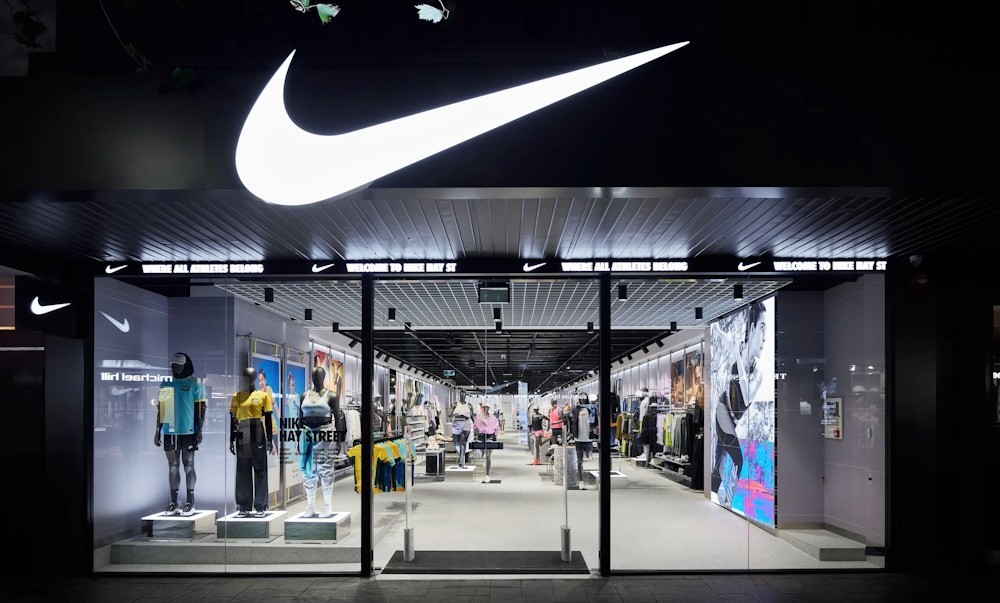Nike to slash China output by 2026 amid $1 billion Trump tariffs

Nike plans to reduce its production in China by 2026, as tariffs imposed during the Trump administration pose a potential $1 billion impact. Nike announced its intention to substantially decrease its dependence on manufacturing in China for the US market by May 2026. This move is part of a wider strategy aimed at alleviating the effects of US tariffs enacted under the trade policies of President Donald Trump, as reported by Reuters. Executives indicated during a post-earnings call that the company anticipates these tariffs may increase its costs by approximately $1 billion.
Chief Financial Officer Matthew Friend noted that approximately 16 percent of Nike’s footwear imported into the US currently originates from China, the nation most impacted by Trump’s extensive tariff increases. Nike intends to reduce that figure to a “high single-digit percentage range” within two years through the reallocation of production to alternative countries. “We will continue to evaluate corporate cost reductions to absorb the impact of these tariffs,” Friend stated, as reported by Reuters. Nike has initiated price increases on certain products in the US, mirroring a comparable action taken by competitor Adidas.
The tariff package dubbed ‘Liberation Day’ by US President Trump, unveiled on April 2, instituted extensive duties on imports from key trading partners. While a majority of those tariffs were suspended for a 90-day period to facilitate negotiations, the impending expiration on July 9 has sparked speculation regarding the possibility of additional rate increases — potentially reaching as high as 45 percent — being implemented. During a press event at the White House, Trump stated, “We’re not going to make deals with everybody.” Some will simply receive a letter… You will incur costs of 25, 35, and 45 percent. While certain agreements — including one involving China — have materialized, others remain in the negotiation phase. Commerce Secretary Howard Lutnick informed Bloomberg that an agreement with China encompasses commitments regarding the supply of rare earth minerals, while Treasury Secretary Scott Bessent suggested the potential for extending the 90-day tariff pause, contingent upon the progression of negotiations.
Earnings surpassed projections, notwithstanding a lackluster quarter. Despite a reported 12 per cent year-on-year decline in fourth-quarter revenue to $11.1 billion — marking its lowest point since Q3 2022 — Nike exceeded Wall Street expectations, which had anticipated a 14.9 per cent drop. Equities experienced an increase exceeding 10 percent in after-hours trading following the company’s forecast of a revenue decline in the first quarter that was less severe than anticipated. Nike’s inventory held firm at $7.5 billion as of May 31.
Nike’s focus on core sports categories, especially running, is starting to yield positive results. The firm has redirected its focus towards high-performance footwear, exemplified by models such as the Pegasus and Vomero, while simultaneously reducing output of traditional styles, including the Air Force 1. Nike has raised its marketing expenditure by 15 percent compared to the previous year. A prominent event in Paris featured athlete Faith Kipyegon striving for a sub-four-minute mile, highlighting Nike’s revitalized emphasis on athletic performance.
China continues to pose a significant challenge for Nike. While the company is reducing its manufacturing reliance on China, executives recognized that the recovery in the Chinese market continues to be sluggish, attributed to overarching economic challenges and intense competition. “We are optimistic, but we know this turnaround will take time,” stated Friend, emphasizing the company’s enduring dedication to recalibrating both supply chains and marketing strategies in response to shifting global trade dynamics.









